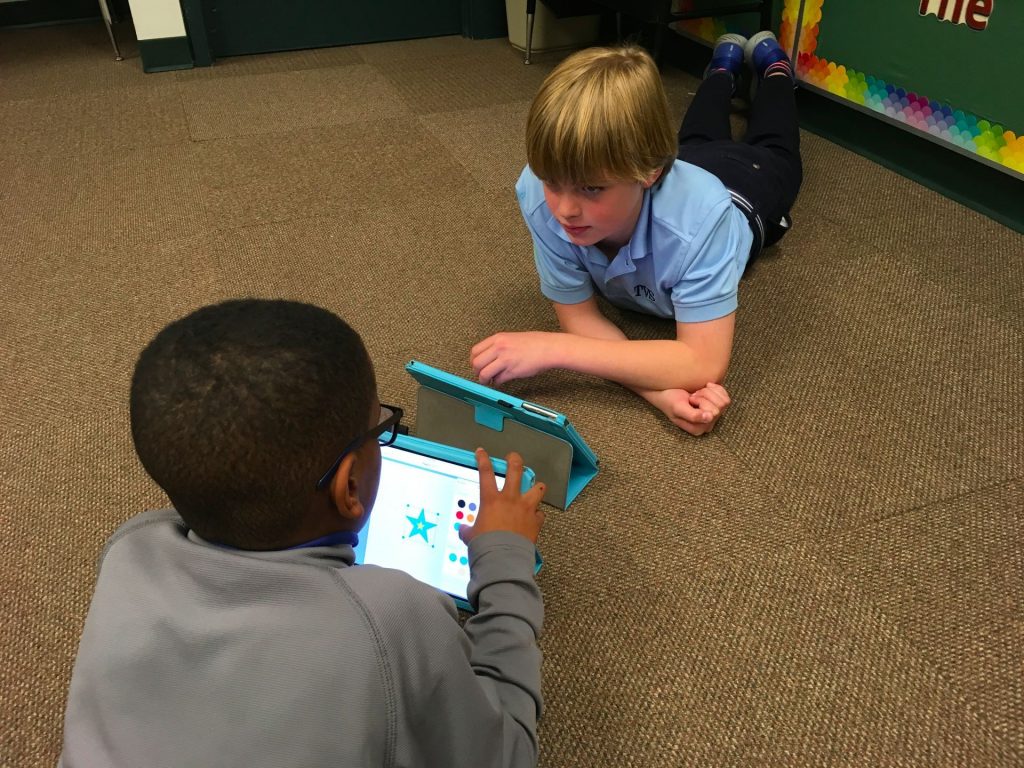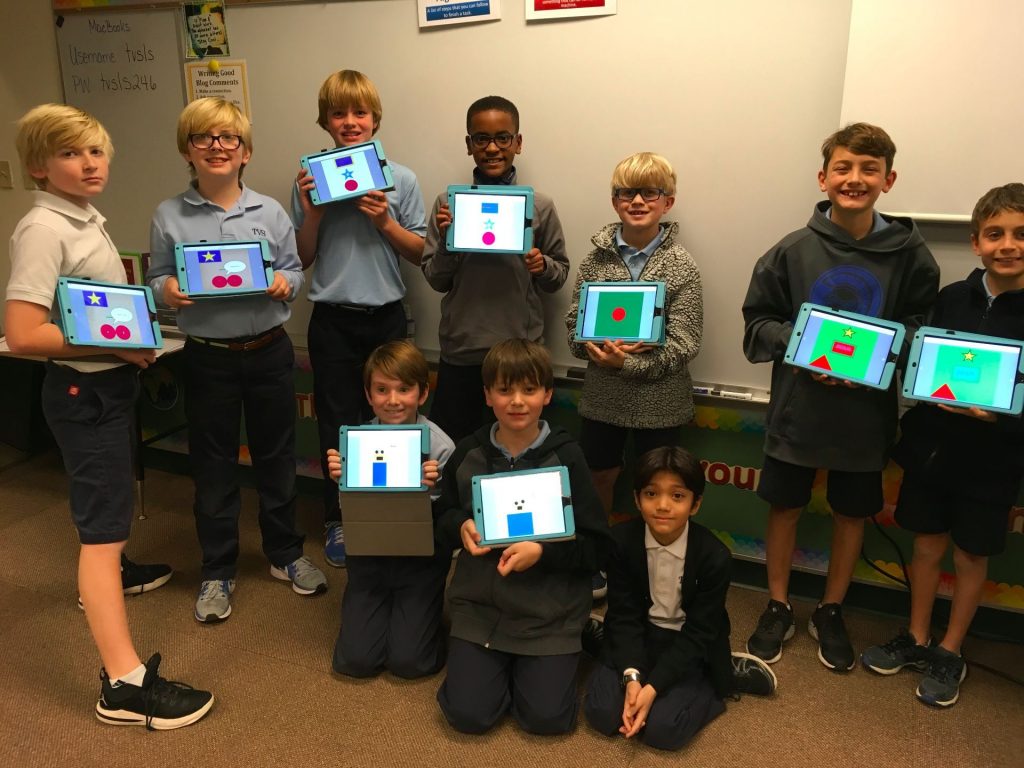Incorporating Coding Language with Book Creator
 Last month, in preparing for Hour of Code 2017, I came across a post by Beth Holland titled, Teach Coding with Book Creator. Two things drew me to the article.
Last month, in preparing for Hour of Code 2017, I came across a post by Beth Holland titled, Teach Coding with Book Creator. Two things drew me to the article.
- I met Beth a few years ago while attending an EdTechTeacher conference and she is one of the most creative and knowledgeable persons I know. I ALWAYS learn so much in her sessions! Her focus is on pedagogy first; using technology ONLY if it is the correct tool to help meet the objective. So, I knew whatever she had to say would be well-worth reading!
- Since Book Creator is my go-to app and coding is an area I feel is important for all ages, the title certainly caught my eye!
As it turned out, I focused on a variety of coding activities using Ozobots (to the delight of all the students) and ran out of time for other options. This month, I revisited Beth’s post and incorporated it into the fourth grade lessons.
Take a look at Beth’s video, Teach Coding as a Language with Book Creator.
Following Beth’s ideas, I started with these instructions, telling students I could only speak in concise sentences:
- Add > Shape > Rectangle
- “i” > Color > Red
- “i” > Border On > Color > Black
- Add > Shape > Circle
- “i” > Color > Purple
- Move Circle > x=238; y=338
- “i” > Move to Back
 The next step was to ask the students to pair up and set up their iPads so that they couldn’t see the partner’s drawings. They were to alternate directions, giving one line only for each turn. They could create whatever they wanted.
The next step was to ask the students to pair up and set up their iPads so that they couldn’t see the partner’s drawings. They were to alternate directions, giving one line only for each turn. They could create whatever they wanted.

 Oh, my goodness! I honestly don’t think I’ve ever had EVERY SINGLE student on task for the entire class period! Talk about fully engaged!! The only complaining heard was when the bell went off for the end of class – no one wanted to stop!
Oh, my goodness! I honestly don’t think I’ve ever had EVERY SINGLE student on task for the entire class period! Talk about fully engaged!! The only complaining heard was when the bell went off for the end of class – no one wanted to stop!
Here are photos of the partners with their drawings. They did a pretty good job giving and following instructions!

 Of course, the “coding” we do in the lower grades is not the same as what programmers do for a living. However, it is an excellent way to teach problem solving, perseverance, computational thinking, communication skills, and so much more.
Of course, the “coding” we do in the lower grades is not the same as what programmers do for a living. However, it is an excellent way to teach problem solving, perseverance, computational thinking, communication skills, and so much more.
Beth Holland says this quite well in the second paragraph of her post, “However, after speaking with computer science educator, Douglas Kiang, I learned that the real power lies in teaching computational thinking and creative problem solving – not any specific type of code.”
I was amazed at how well this activity went and how quickly the students picked up the concise “coding” language as they directed their partner what to draw.
Thank you, Beth, for sharing this valuable idea!
